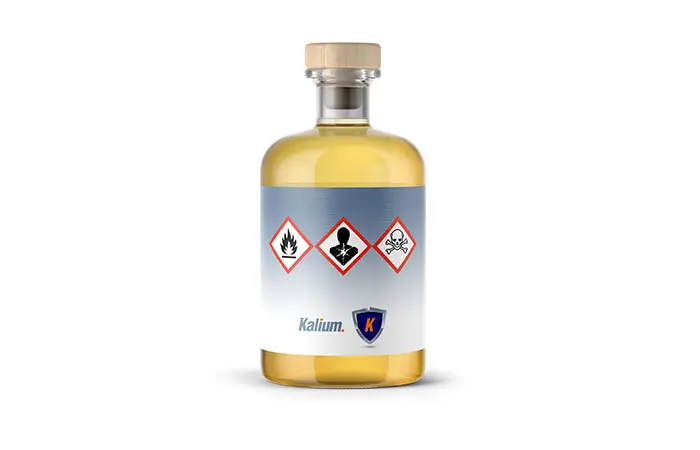
Brigitte Charpentier
Brigitte Charpentier is the founder of Kalium Solutions, a regulatory affairs and health and safety consulting firm in Quebec. With a technical degree in biochemistry and a bachelor's degree in chemistry from the University of Quebec in Montreal, she is recognized as an expert in several regulatory fields as well as an expert witness in court. Passionate about her work and thanks to her leadership, she has developed a relationship of trust with several hundred companies both in Canada and abroad. She has surrounded herself well in order to develop high-performance software in terms of drafting regulatory documents and the safe management of chemical products. Brigitte and her team are therefore able to offer a diverse range of support to companies, ranging from one-off consulting, to training in transportation, WHMIS, etc., to the overall management of its regulatory processes, including the rental of various software adapted for the management, drafting of SDSs and safe storage of chemical products. Kalium has built a reputation as a leader in the field, one client at a time, always following the same guiding principle: Rigor, precision, and compliance. Because everyone's safety is at the heart of the approach.
View all posts by Brigitte Charpentier



